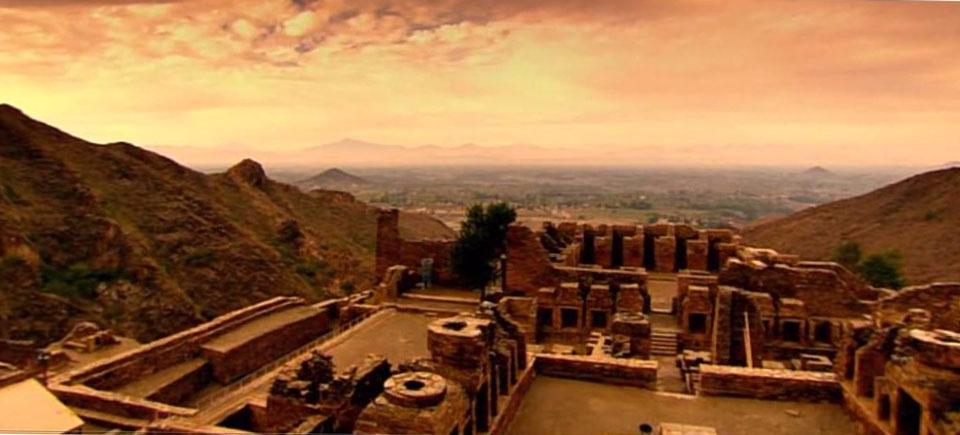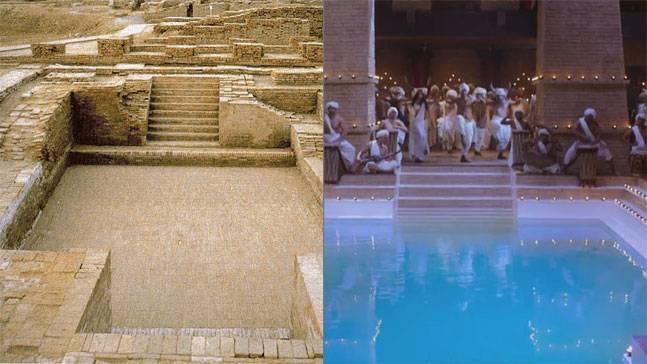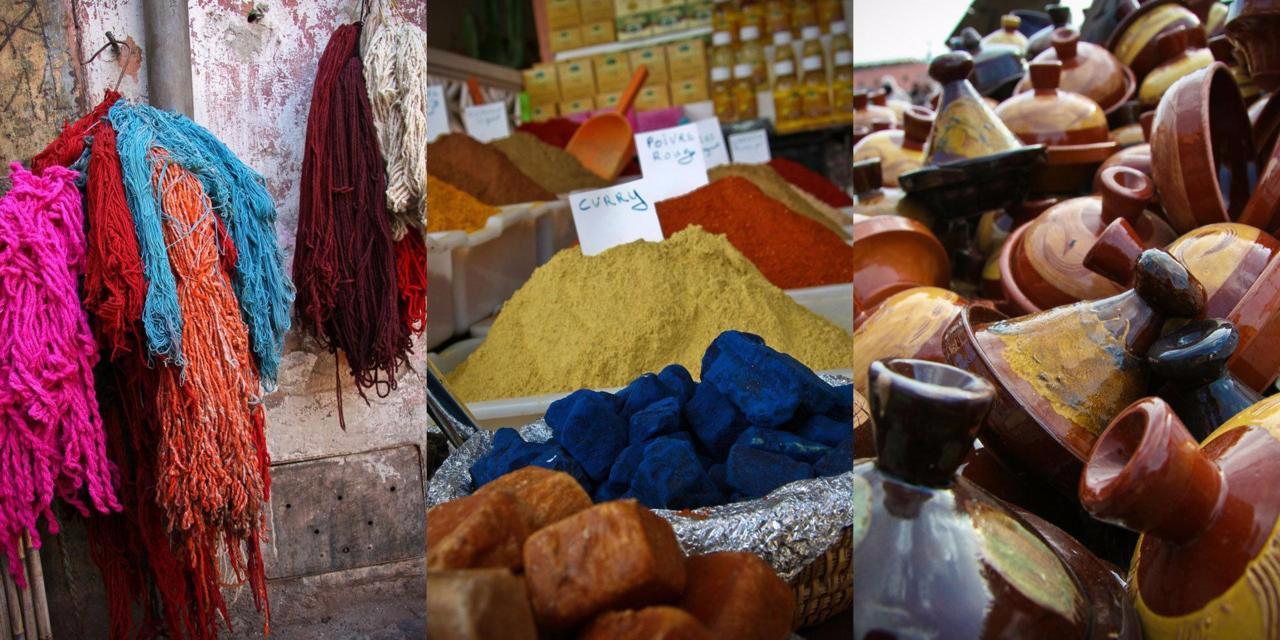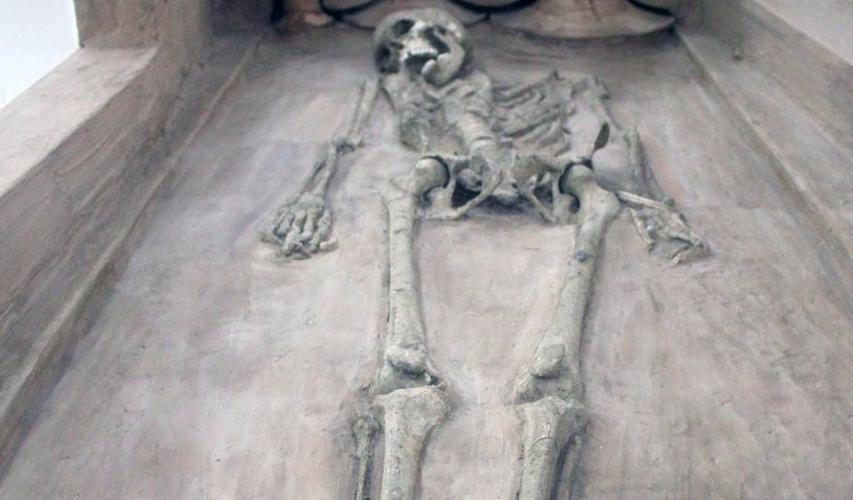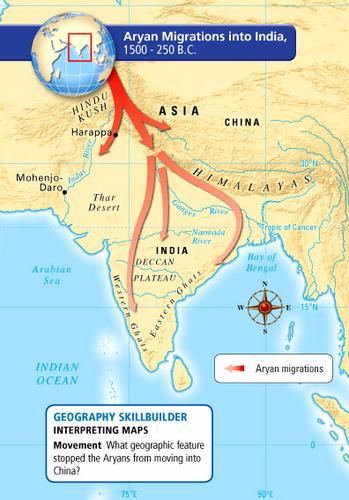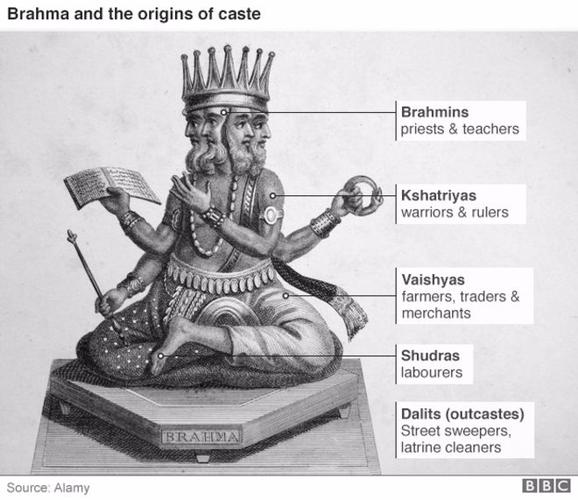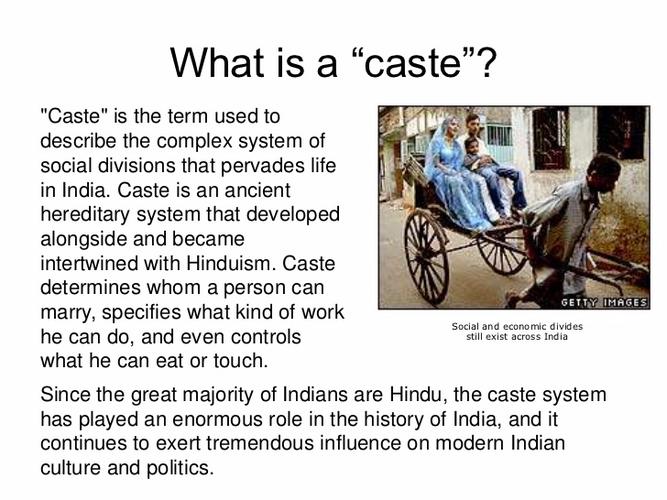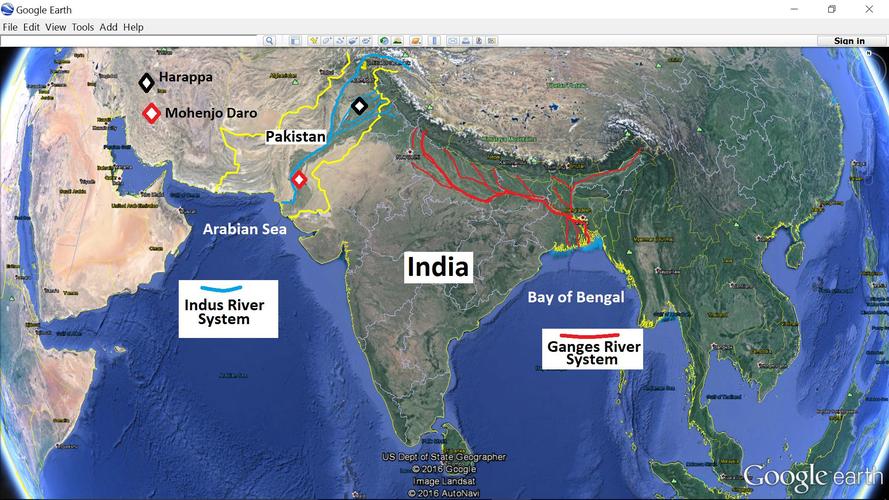
The 1st Civilization was influenced by two rivers; the Indus River and the Ganges River. India's culture emerged in Indus River Valley.
- The Ganges: is sacred & used for spiritual cleansing, funeral rites, and other Hindu rituals.
- The Indus: is the key water supply for the nations' agricultural production


